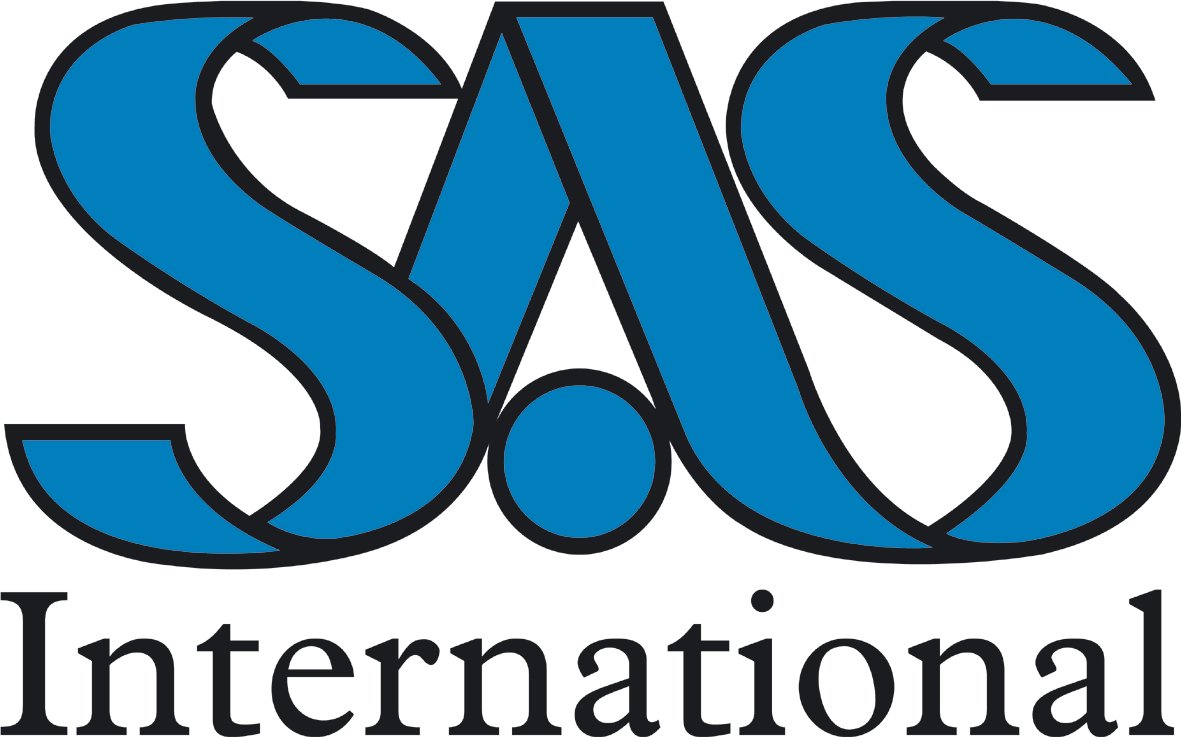Airport Metal Ceilings, Rafts and Discs, Column Casings, Wall Panelling, Architectural Metalwork
| Company | SAS International |
|---|---|
| Date | 08.08.2012 |
Recent news that Abu Dhabi’s executive council has approved spending on a range of development projects including new terminal facilities at Abu Dhabi International Airport indicates that there is so much scope in the region to lead the ideas and thinking of how we live, work and travel in the 21st Century.
For the transport facilities there’s a chance to look afresh at ideas to meet the demands of today’s and tomorrow’s travel needs. Considering facilities management (FM) at design stage in any project is beneficial. The ability to design in options from the outset for effective ongoing maintenance and ease of access provides for time and resource savings in the long term.
This is a topical point and was echoed at the recent Facilities Management Middle East conference which looked at the importance of incorporating FM requirements in the design of green buildings. Ease of access for maintenance and cleaning are crucial for longevity, security and safety and can place special demands on material choice and finishes.
Difficulties in maintenance or accessing areas can therefore affect the sustainability of a facility if damage is incurred; the upkeep of the interior can dictate how a building will last and function for future generations.
Improvements to transport infrastructure is being seen around the world as projects setting the standard for the future, designed around passenger experience and movement with large sweeping areas allowing for stress free journeys. But transportation hubs have unique challenges, not just because of the volumes of people to be accommodated who are in transit.
Considerations
Public concourse areas are semi-external spaces in which exterior shading and interior ceilings are exposed to accumulation of dust, debris and other environmental elements. Solutions need to be low maintenance systems that retain their appearance over a long period of time. Primarily this means durability, an ability not to show dirt or dust and withstand weathering.
An internal ceiling will also have integrated luminaries and speakers for public address systems, and signage and CCTV camera poles may need to protrude downwards. Access to these services is therefore a core consideration, especially with high floor to ceiling ratios.
Architect, clients and developers talking with manufacturers at design stage will ensure health and safety considerations have been factored in. Secure, accessible voids can be created, and designs to enable fast smoke extraction specified using tubular or vaulted options for example.
A recent airport project specification demanded that durability, ease of maintenance and acoustics were considered. Working with the architects to design the ceiling solution, SAS International helped answer the brief to factor these in from the start. The end design which consisted of large-sized ceiling panels required careful consideration to ensure they would be manageable when working at a height.
The end product installed looks like any other suspended metal ceiling system providing an aesthetically pleasing flush finish. But where this solution differs is its ingenious way of dropping down and sliding under the adjacent panel, allowing access to the ceiling void and services. This can be of particular benefit in airports, railway stations and even bus terminals as it enables a corridor to remain in use rather than having to close off areas, inevitably affecting flow through.
Durability balanced with aesthetics
With news that the planned new terminal facilities at Abu Dhabi International Airport will be expected to handle 27 million passengers a year the durability of a transportation hub is of paramount importance for such high traffic areas.
The demand for innovative and interesting interiors must be balanced with the use of high performance products. It’s not just a question of design aesthetics, with beautifully finished interiors maintenance is essential to ensure they stay this way.
As well as a robust solution, ease of access for authorised personnel is also essential. Conversely one that is secure and can also help prevent unwanted access to services is of paramount importance. All of these factors need to be taken into account to ensure a safe environment for travellers, staff and service engineers.
Service gantries were specified for Chek Lap Kok Airport in Hong Kong and designed to enhance both appearance of the ceiling plane and provide functionality. Gantries such as these are often used in expansive open areas such as departure and arrivals halls and can hide unsightly ducting, wiring and pipes as well as to house services.
Metal solutions provide a durable surface that is easy to clean and will allow ease of access for essential ongoing maintenance, without damage. The same is true for bulkheads (used to traverse a ceiling from one level to another), columns, walkways or escalator panelling or cladding.
Material choices such as mineral fibre or even ceramic tiles can be prone to damage during access, and the impact that column casings might take from luggage trolleys also means that metal offers an effective alternative.
Communication
Involving manufacturers at design stage means FM demands can be factored in without compromising on aesthetics.
Damage, whether accidental or malicious, and security considerations are of tantamount importance and can simply mean that choosing a clip-in ceiling system rather than a tegular approach system they stay secure or are less prone to damage.
Working with project teams from the earliest stage ensures a complete understanding of what is required from the outset, and allows the provision for best of class solutions.
Finally, understanding that long-term support for facilities management by manufacturers is key. If bespoke solutions are produced a manufacturer should be on hand later down the line to answer any maintenance questions, repairs or alteration services. This means doubt in authenticity of any alterations to existing products and applications can be avoided.
Contact
31 Suttons Business Park
London Road
Reading
Berkshire
United Kingdom
RG6 1AZ
- +44 (0)118 929 0900

